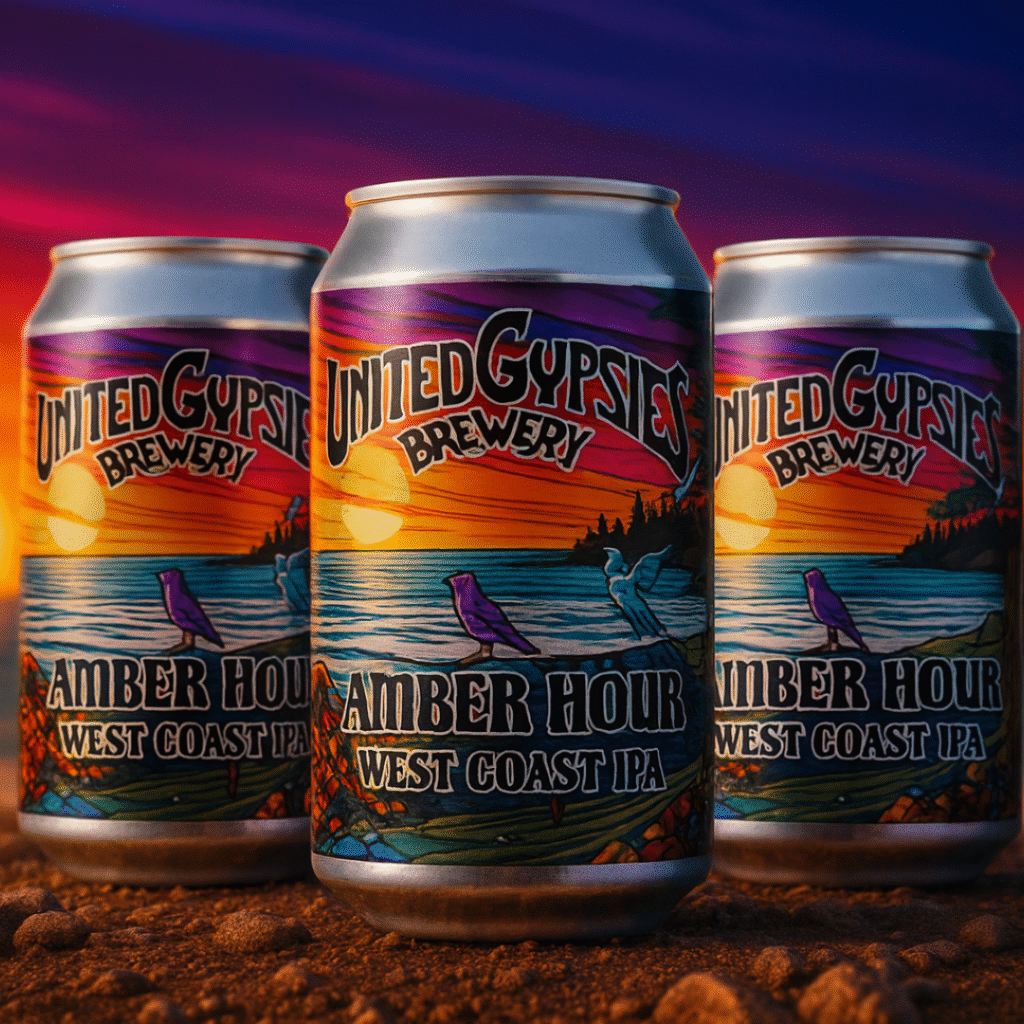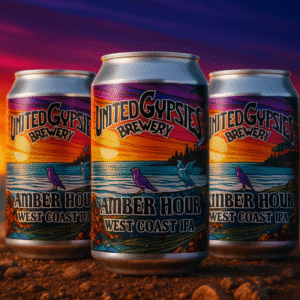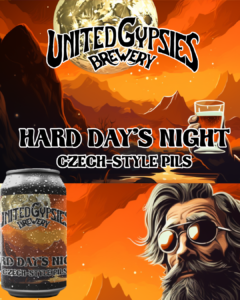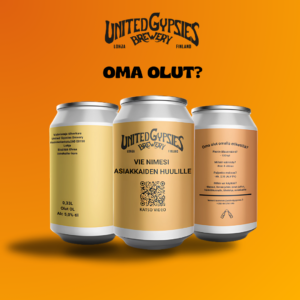IPA beers have established themselves as a favorite among beer enthusiasts and casual drinkers in recent years. The name IPA comes from the words India Pale Ale, and it is particularly associated with aromatic hops, multi-dimensional flavors and modern microbrewery culture. But why is IPA so popular, what are the different subtypes and what does its future look like?
Did you know that you can also order your own IPA through us? Check out our My Beer service and let's design a beer that's just right for you.
From sea voyages to today's trendy beer
IPA originated in Britain in the 18th and 19th centuries, when beer was exported for long sea voyages to India. The heavy hopping and slightly higher alcohol content helped with shelf life, and gradually this practical solution developed into its own beer style.
Today's IPAs differ from the original recipe, but they retain the same idea: bold, intense flavors and aromas. This historical background combines with modern craftsmanship in a way that makes IPA a fascinating part of beer culture.
Among other things, Alko's extensive selection includes various Ipojas, as well as a lot of information about the history of Ipoja: To the Alko website
IPA flavor profile – a celebration of hops and aromas
IPA is primarily a hop-driven beer. You can find hints of citrus, tropical fruit, florals, or pine. The bitterness gives it a punch, but it is balanced by maltiness and a smooth mouthfeel.
The flavor profile of IPA varies greatly depending on the brewery, hop varieties, and brewing method. This versatility is one reason why the style appeals to such a wide range of consumers.
IPA subtypes – what are the differences?
IPA is not one unified style, but has several sub-genres within it:
-
American IPA (APA) – a classic American version with lots of citrus and piney bitterness.
-
New England IPA (NEIPA) – cloudy, juicy and soft, highlighting tropical fruits and less bitterness.
-
Session IPA – a lighter, low-alcohol version that doesn't compromise on flavor.
-
Double IPA (DIPA) – stronger and more intense, with the bitterness and aroma of hops emphasized.
-
Black IPA – a dark IPA that combines roasted malts and heavy hopping.
-
Brut IPA – a very dry, sparklingly fresh IPA.
The diversity of these styles makes IPA a beer with something for everyone.
Discover our extensive selection of over 40 beers and ciders: See the full range
Why is IPA so popular?
The popularity of IPA is based on several factors:
-
Versatility: Everyone can find their favorite among the subtypes.
-
Aromaticity: Heavily hopped beers offer experiential aromas and flavors.
-
Microbrewery boom: IPA has been the calling card of craft breweries around the world.
-
Suitable for the dining table: The intense flavor of IPA complements many dishes.
-
Trendiness: The bold and modern image attracts consumers who want to experiment.
Tips for enjoying IPA and food pairings
The best aspects of IPA beer come to the fore when you enjoy it properly:
-
Serving temperature: 8–12 °C brings out the aromas without the alcohol being too pronounced.
-
Glass: The tulip-shaped glass collects aromas and enhances the taste experience.
-
Food pairings:
-
Spicy foods, such as Thai soups and Tex-Mex dishes, are accentuated by the fruitiness of IPA.
-
Burgers and BBQ meats are balanced with bitterness.
-
Soft cheeses, such as brie or goat cheese, bring out the aromatics of beer.
-
Future trends in IPA
The popularity of IPA is not waning. On the contrary, breweries are constantly developing new forms. Trends include:
-
Low-alcohol and non-alcoholic IPAs, which retain the aromas of hops but are suitable for more versatile use.
-
New hop varieties, which bring tropical, berry or even special spicy nuances to the beer.
-
Experimental styles, where IPA is combined with lactose, fruit purees or barrel aging.
This speaks to IPA's ability to adapt to current taste trends and maintain its appeal.
IPA is much more than just a beer style. It is a combination of history and modern brewing culture, offering endless taste experiences. Subtypes, food pairings and constantly evolving trends will keep IPA afloat in the future. Whether it is a juicy NEIPA, an intense DIPA or a light Session IPA, everyone has their own IPA moment.
Did you know that you can also order your own IPA through us? Check out our My Beer service and let's design a beer that's just right for you.





